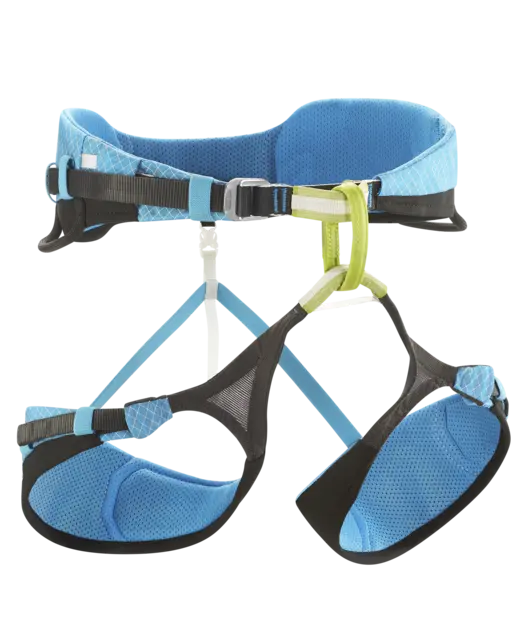Climbing Harnesses for All Mountain Sports Activities
5.9, 5.11b, or 5.13b. Granite, sandstone, or plastic. Sport climbing, multi-pitch routes, or four-thousand-meter peaks. Mountain sports and climbing mean different things to different people. Some want to push their limits, others want to have fun with friends.
Some are enticed by the climbs themselves, for others it’s about enjoying nature. But whatever your plans and your reasons for ascending to lofty heights, you always need the right harness.



















